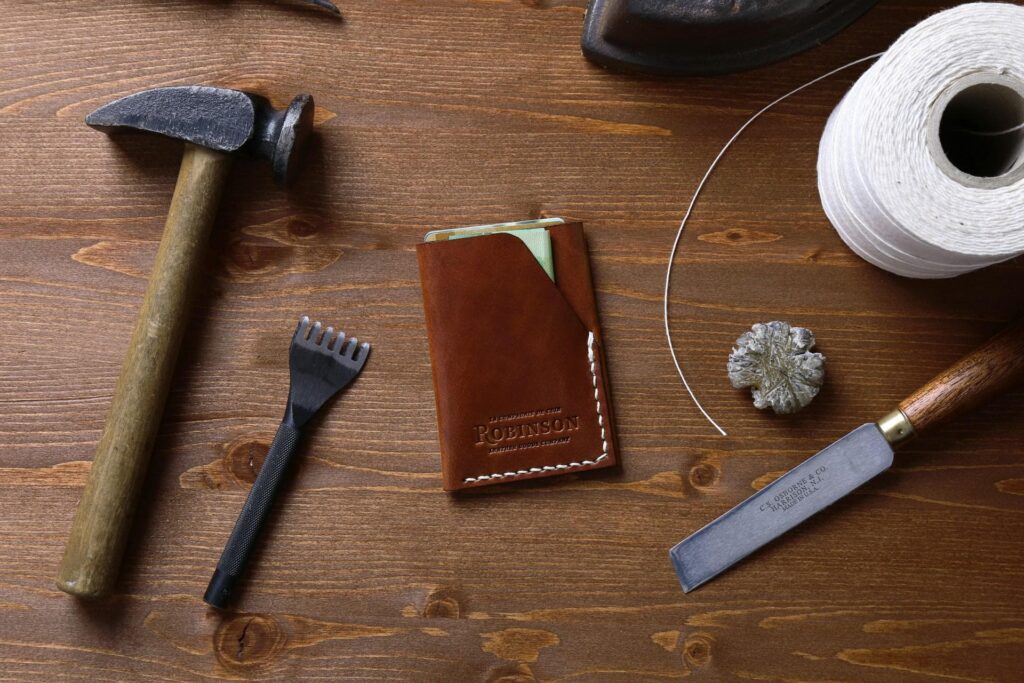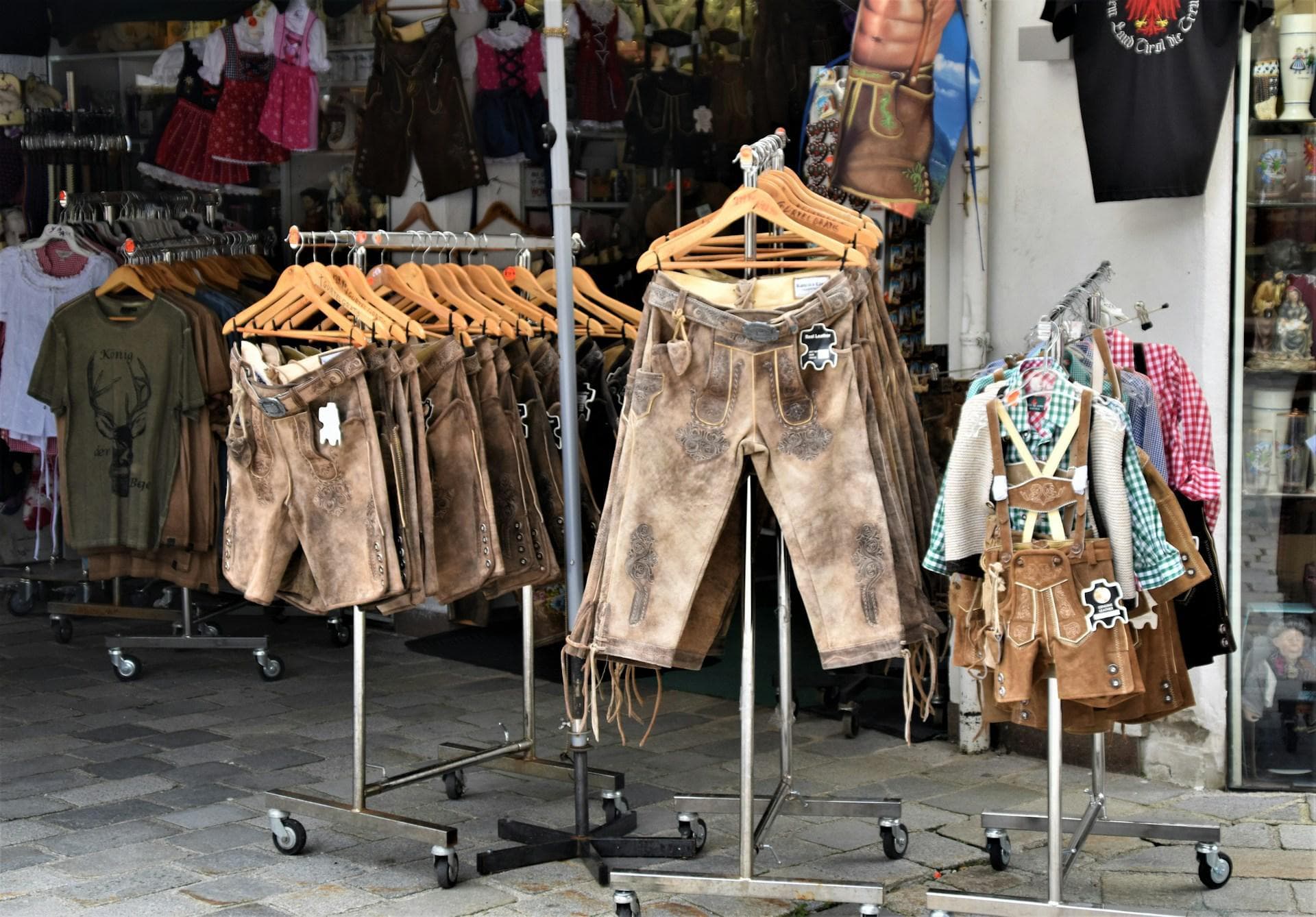Leather has always been more than just a material. It is a statement of durability, luxury, and timeless appeal. When choosing structured handbags, messenger bags, a travel duffel, or even small leather goods, the type of leather used plays a decisive role in how the product feels, looks, and ages. Each variety, from full-grain leather to suede leather, comes with its own fiber structure, finish, and leather durability profile. Understanding these categories helps buyers make informed decisions about aesthetics, longevity, and leather care.
This guide explores the four most popular types of leather for bags and accessories – full-grain, top-grain, nubuck, and suede-while also addressing tanning methods, finishes, performance features, and essential maintenance tips.
Full-Grain Leather: The Premium Standard
Among all leathers, full-grain leather stands at the top. It is made from the uppermost layer of the hide, where the fibers are the tightest. This gives the material unmatched abrasion resistance, breathability, and the ability to develop a rich leather patina over time.
- Appearance: Natural surface with visible grain, scars, and imperfections, making each piece unique.
- Durability: Considered the most durable option due to its intact fiber structure.
- Aging: Instead of wearing out, it becomes more beautiful with age, developing depth in color and texture.
Full-grain is often found in luxury structured handbags and premium travel duffels. It is rarely coated, though sometimes lightly treated with aniline leather finishes to retain its natural beauty.
Top-Grain Leather: A Balance of Elegance and Function
While top-grain leather also comes from the upper layer of the hide, it undergoes a slight sanding or buffing process. This helps remove imperfections and creates a smoother surface, often finished with semi-aniline finish or pigmented finish.
- Look and Feel: More uniform and polished than full-grain, making it popular in fashion.
- Performance: Retains good abrasion resistance and leather durability, though slightly less robust than full-grain.
- Use Cases: Frequently used for messenger bags, stylish wallets, and small leather goods where a sleek look is desired.
Top-grain offers a compromise between natural beauty and modern practicality. With the right leather care routine, it can last for many years while maintaining its refined appearance.
Nubuck Leather: Softness Meets Luxury
Nubuck leather is another upper-layer leather, but its surface is gently buffed to create a velvety feel. Unlike suede, which is made from the inner split, nubuck maintains a denser fiber structure, which translates to higher leather durability.
- Texture: Soft, plush, and warm to the touch.
- Durability: More robust than suede, but still requires careful maintenance.
- Appearance: Often associated with understated luxury, frequently used in premium structured handbags and refined shoes.
Care Tips for Nubuck
Maintaining nubuck requires special attention. A nubuck brush is essential to keep the nap even and remove light dirt. To prevent stains and extend longevity, applying a waterproofing spray designed specifically for nubuck enhances stain resistance and protection against moisture.
Suede Leather: Soft, Stylish, and Distinctive
Suede leather is crafted from the underside of the hide, or from split leather, resulting in a softer, more delicate texture. Its signature matte look and velvety nap make it popular in fashion.
- Appearance: Smooth, flexible, and highly tactile.
- Applications: Ideal for messenger bags, elegant small leather goods, and statement accessories.
- Durability: Less resistant to scratches and stains compared to nubuck or full-grain.
Care Tips for Suede
To preserve its softness, a suede brush is the best tool for removing dirt. Since suede is more vulnerable to moisture, regular use of waterproofing spray ensures better stain resistance and protection. Unlike corrected or heavily coated leather, suede maintains its breathability, which is appreciated in lightweight accessories.
Tanning Methods: Vegetable-Tanned vs. Chrome-Tanned
The way leather is treated has a dramatic effect on its durability, breathability, and aesthetic outcome. Two major methods dominate the industry:
- Vegetable-Tanned Leather
- Processed with natural tannins from plants, bark, and seeds.
- Known for developing a deep leather patina over time.
- Stiffer at first but softens beautifully with use.
- Often found in heritage-style travel duffels and premium belts.
- Processed with natural tannins from plants, bark, and seeds.
- Chrome-Tanned Leather
- Treated with chromium salts for faster production.
- Softer, more flexible, and available in a wide range of colors.
- Offers better stain resistance but doesn’t age with the same patina as vegetable-tanned hides.
- Treated with chromium salts for faster production.
Both methods can be applied to full-grain leather, top-grain leather, or even nubuck leather, giving artisans flexibility in design.
Leather Finishes: Protecting and Enhancing the Surface

Beyond the tanning process, the surface finish determines the look, feel, and performance of leather. Common options include:
- Aniline Leather: Dyed with soluble dyes, keeps the natural surface visible.
- Semi-Aniline Finish: Adds a light protective coating for increased stain resistance while retaining natural grain.
- Pigmented Finish: Provides the strongest surface protection and uniform color but reduces natural breathability.
- Corrected-Grain Leather: Sanded and embossed to mimic natural grain, often used in affordable bags.
- Genuine Leather: A broad term that includes lower layers of the hide; less durable but often more affordable.
Each finish has its place, depending on whether the goal is leather durability, luxury aesthetics, or cost-effectiveness.
Practical Performance: What Buyers Should Look For
When selecting a leather accessory, the focus should extend beyond just the name of the material. Shoppers should evaluate factors like:
- Fiber Structure – denser fibers increase abrasion resistance and long-term strength.
- Breathability – allows comfort, especially in daily use bags and wallets.
- Leather Durability – determines how well the product withstands scratches, moisture, and wear.
- Maintenance Needs – some types require nubuck brushes, suede brushes, or regular use of waterproofing spray.
By weighing these aspects, consumers can align their choices with their lifestyle-whether that means investing in full-grain leather for heritage pieces, or choosing suede leather for lighter, fashion-forward accessories.
Elevating Style Through the Right Leather Choice
The Role of Patina and Aging in Timeless Appeal
One of the most remarkable qualities of natural hides is their ability to transform over time. A bag crafted from full-grain leather or carefully treated vegetable-tanned leather does not simply remain the same-it evolves. With each journey, each touch, and every moment of exposure to light, a unique leather patina emerges. This organic process turns accessories into personal companions, carrying traces of individual lifestyle and memories. In contrast, a chrome-tanned leather piece may preserve its original shade and softness, which appeals to those who prefer consistency. Both pathways reflect different philosophies: one celebrates change and character, the other values permanence and predictability.
Craftsmanship as a Bridge Between Function and Luxury
Behind every structured handbag, messenger bag, or travel duffel lies an intricate story of design and technique. Leather artisans do more than stitch materials together; they interpret the qualities of nubuck leather, suede leather, or top-grain leather to match function with aesthetic. The tactile luxury of a suede clutch offers an entirely different experience compared to the resilient confidence of a full-grain tote. Each selection showcases not only the properties of the hide-such as abrasion resistance, fiber structure, and breathability-but also the vision of the craftsman. This fusion of material and artistry transforms accessories into lasting expressions of identity.
Everyday Care and the Art of Preservation
Choosing premium material is only the beginning. True longevity is found in consistent and mindful leather care. Daily handling, storage, and protection define whether a piece retains its elegance or fades prematurely. While some owners rely on a discreet waterproofing spray, others gently maintain texture with a nubuck brush or suede brush. These rituals are not merely technical steps; they form a relationship between person and object. Through proper attention, small leather goods gain resilience, handbags remain polished, and travel companions stay reliable. Preserving natural character is as much an act of respect for tradition as it is a practical necessity.
The Lasting Value of Informed Choices
In the end, knowledge empowers style. Understanding distinctions between aniline leather, semi-aniline finish, pigmented finish, or corrected-grain surfaces transforms shopping from guesswork into intentional selection. When consumers recognize the difference between genuine leather marketed for affordability and full-grain leather crafted for endurance, they align purchases with their values and lifestyle. A carefully chosen bag is not just an accessory; it is an investment in durability, comfort, and elegance. By considering material, finish, and care, buyers ensure their leather companions continue to inspire confidence, accompany journeys, and tell stories for years to come.
